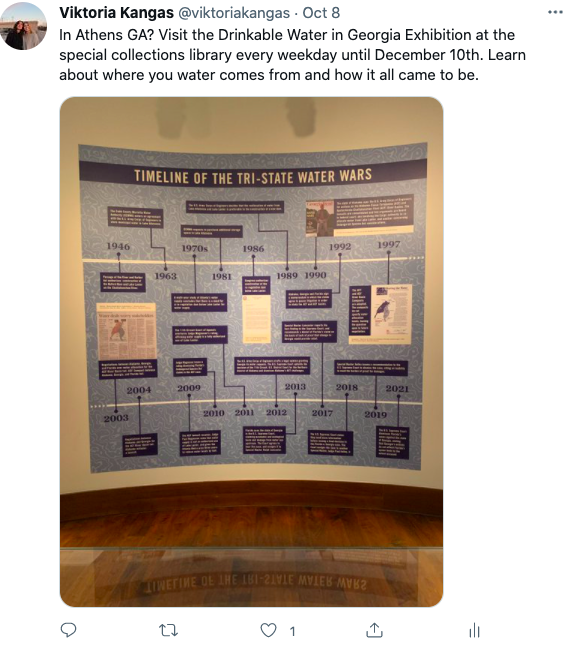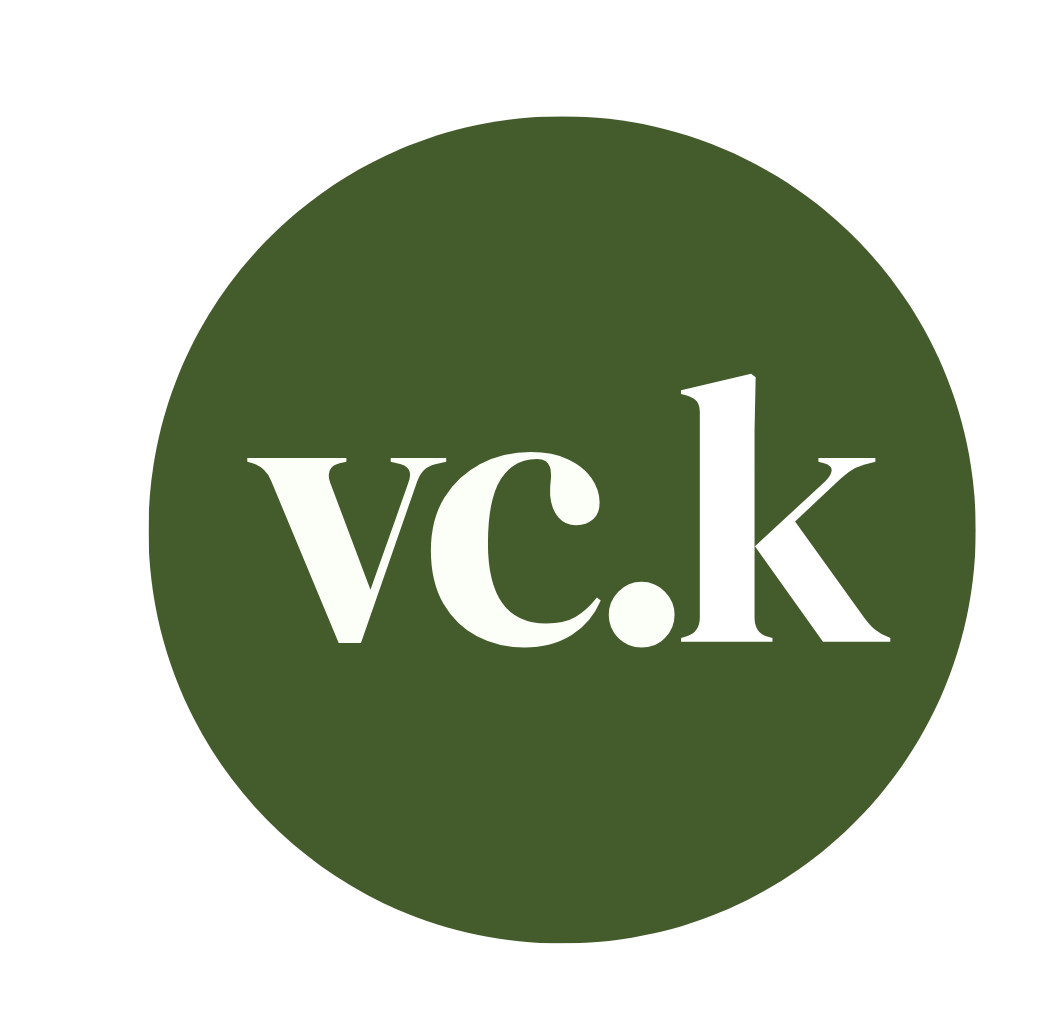Viktoria Kangas
Why It’s Newsworthy
The Drinkable Water in Georgia exhibition allows Current Students, Alumni, Faculty & Staff, Community and Prospective Students to see where their water comes from to where it goes. Understanding where it comes from helps us examine the complex relationships and interconnections between science, technology, policy, and industry.

Open since July 2021 every weekday until December the University of Georgia campus holds the Drinkable Water in Georgia exhibit. This exhibit is held at the Hargrett Rare Book and Manuscript Library Gallery in the Richard B. Russell Special Collections Libraries Building. This exhibit is open for visitors to aid in the public’s understanding of where their water comes from, came from and where it goes. Anna Nolan the Program and Exhibition Assistant tells a little bit about herself and what the exhibit has in store.
Nolan has a bachelor’s degree in ecology and is receiving her master’s degree in environmental and agricultural education.She tells about how she has lots of experience creating programs including this one. At the exhibit, there is an interactive room that Nolan told that she was in charge of creating and getting all the materials together for.
She continues to describe the structure of how an exhibit like this comes to be. Nolan explains how someone is at the top giving input while others are giving research, pulling documents and helping with installation. Nolan’s supervisor, Jan Hebord, is in charge of exhibits for the Hargrett Library and the Walter J Brown Media Library. Hebord plans and creates the exhibits and has a lot of student work in it as well as she leads this water experience.
When asked why drinkable water should be important to students, faculty, and staff to know about, Nolan responds at length to help understand. “Water is a resource that we have a lot of on our planet, right 70% water, but there is always a question of is it accessible, is it drinkable, is it saline or not. Then also if it is accessible, who gets to access that water, who has the rights to that water, who gets to take the majority of it, who gets to pollute it or not, who gets to use it or not” says Nolan.

